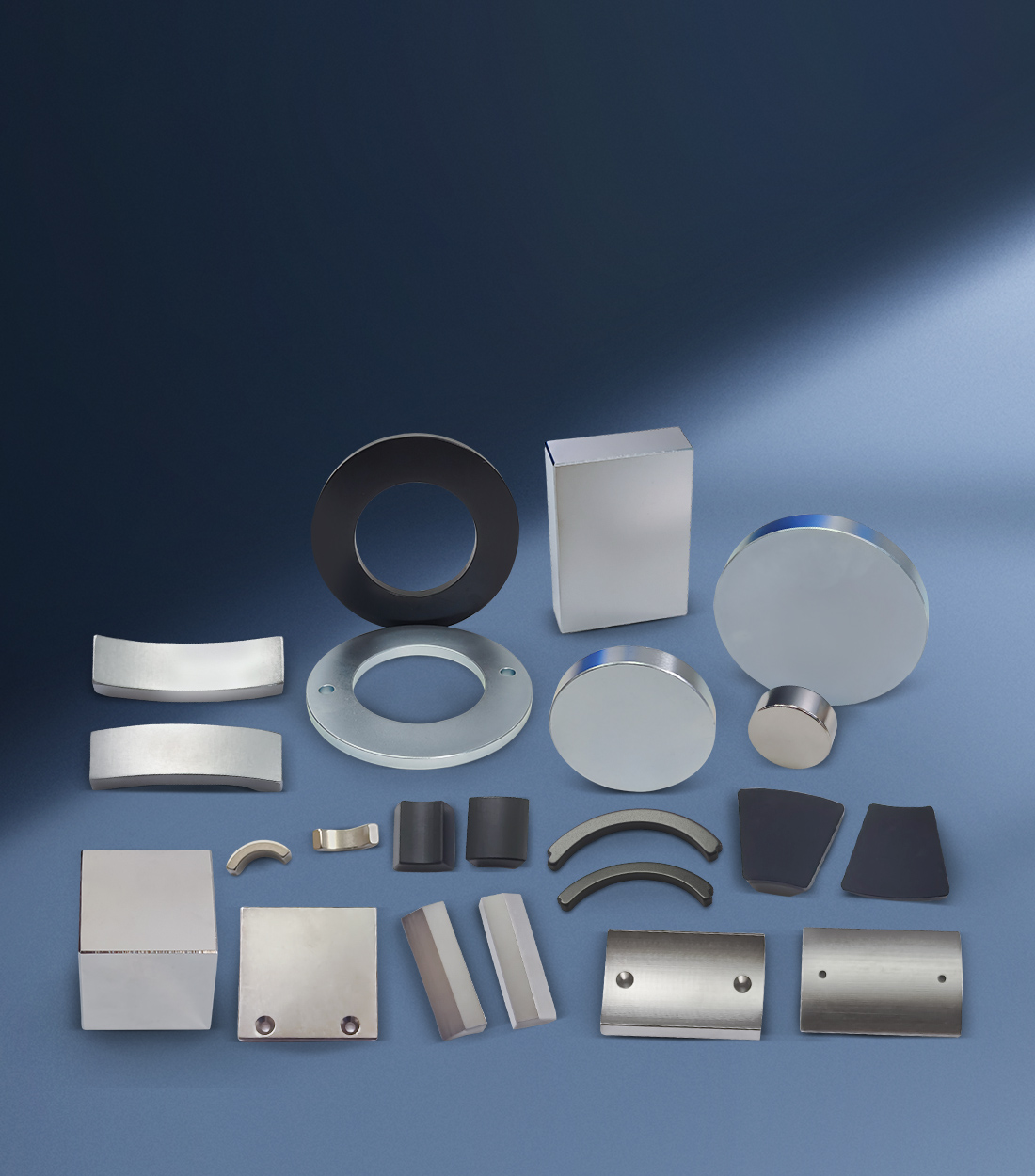no data
no data
Sales products
Senz Magnet is professional magnets manufacturer which provides permanent magnets and custom magnet material since 2004.
We provide various magnetic materials to our customers. NdFeB, Alnico, SmCo, Ferrite and assemblies Magnet etc.
no data
We are a professional manufacturer of permanent magnet material and magnetic Tools.
As an experienced magnets manufacturer, our annual production capacity sintered NdFeB magnet is more than 1000 tons, Alnico 100 tons, SmCo 100 tons and Ferrite 1500 Tons. The rich successful experience has won us a high reputation in the domestic and foreign markets. Provide customers with satisfactory products with the full spirit of integrity and prosperity.
no data
OEM/ODM Services
We have offered oem/odm service for more than 15 years, and we can make the magnet product with your drawing, choose the material of magnet according to the place where your magnet is used. And can custom the packaging for customer. We have been served clients more than 50 countries in the past 15 years.
no data
about us
Shengzhou Senz Magnet Co., Ltd Is a professional and reliable magnets supplier. Most of our products have obtained International Approvals ISO9001: 2015. With the advanced production design, strong technical development department and strict quality control system, we're sure that we can supply customers with the high quality and best design.
Our factory has passed the ISO 9001 international quality certification. We select raw material suppliers carrying the certificates that 100% guarantee the materials do no harm to the environment.
Main markets serves
Mainly used in the motor industry, electronics industry, speakers, household appliances, instruments, industrial industry: magnetic lifting, civil industry, magnetic jewelry, toys, magnetic buttons, medical industry, MRI
no data
Latest News
Here are the latest news about our company and industry. Read these posts to get more information about the products and the industry and thus get inspiration for your project.
no data
Get in touch with us
Just leave your email or phone number in the contact form so we can send you a free quote for our wide range of designs!
no data
Contact: Iris Yang & Jianrong Shan
Tel: +86-18368402448
E-mail: iris@senzmagnet.com
Address: Room 610, 6th Floor, Foreign Trade Building, No. 336 Shengzhou Avenue, Shanhu Street, Shengzhou City, Shaoxing City, Zhejiang Province, 312400
Copyright © 2025 Shengzhou Senz Magnet Co., Ltd. |Sitemap| Privacy Policy





















